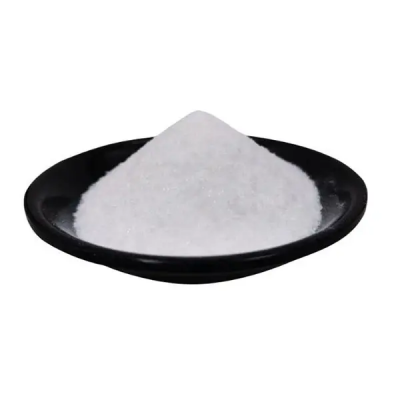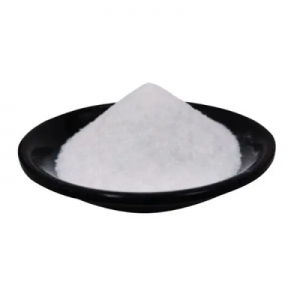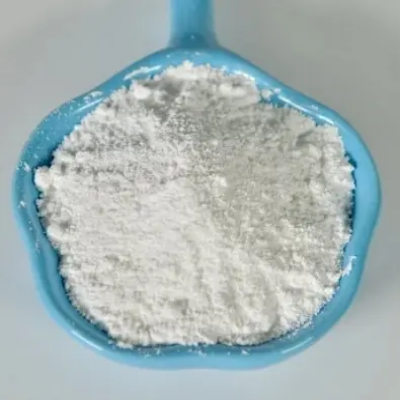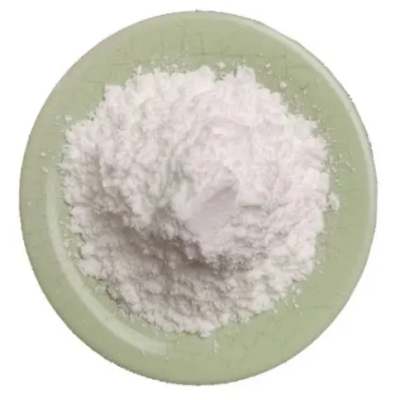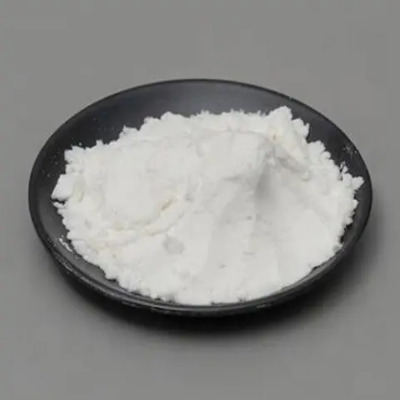Novobiocin sodium salt CAS:1476-53-5
In microbiology, novobiocin sodium salt is utilized in various diagnostic tests, such as the novobiocin susceptibility test for differentiating between coagulase-positive and coagulase-negative staphylococci. The test involves inoculating a bacterial isolate onto agar plates supplemented with novobiocin and observing the growth inhibition zone around the antibiotic disk. Coagulase-positive staphylococci, including Staphylococcus aureus, are typically resistant to novobiocin, whereas coagulase-negative staphylococci are susceptible. Additionally, novobiocin is employed in research settings to study bacterial DNA gyrase inhibition, antibiotic resistance mechanisms, and drug interactions. It serves as a pharmacological tool for investigating bacterial physiology, genetics, and pathogenesis, contributing to the understanding of antibiotic resistance mechanisms and the development of novel therapeutic strategies. Beyond its use in microbiology and research, novobiocin has limited clinical applications due to its toxicity and the availability of safer alternatives. However, it remains an essential component in laboratory workflows for bacterial identification and antimicrobial susceptibility testing, supporting accurate diagnosis and effective treatment of bacterial infections. Proper handling, storage, and disposal of novobiocin sodium salt are necessary to ensure laboratory safety and environmental protection, in accordance with established protocols and regulatory guidelines.



| Composition | C31H37N2NaO11 |
| Assay | 99% |
| Appearance | white powder |
| CAS No. | 1476-53-5 |
| Packing | Small and bulk |
| Shelf Life | 2 years |
| Storage | Store in cool and dry area |
| Certification | ISO. |


